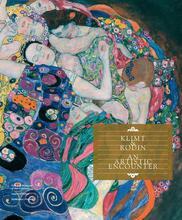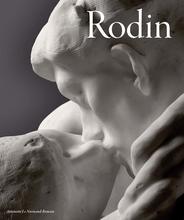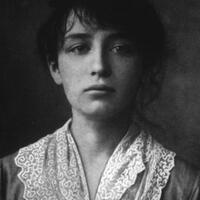More about The Gates of Hell
- All
- Info
- Shop

Sr. Contributor
Auguste Rodin was tasked with designing doors for a brand new museum in Paris. His first, and only idea, was what became Gates of Hell.
Construction was pushed back year after year, until the project was finally scrapped. Funding vanished just before Rodin was to cast a final version in bronze. Rodin could have behaved like the rest of us and had a staycation with a bottle of Skinnygirl Pinot Greege, called his best friend Claude Monet, and gossiped about which brand of beard wax the ladies loved most (Correct answer: Pierre Lumont Fredeiux's Non-Glycerine Stiffening Solution). Instead, he picked himself up by the small riffler-rasps and continued work on the Gates for 37 years. Only death kept him busy enough to stop the project in 1914.
Ever the hustler, Rodin found a way to make money from the work which, as a whole, was the property of the French government. Many of his most acclaimed pieces were either Gates components or rejects. The Thinker, for instance, is part of the Gates tympanum. The pensive mug is traditionally credited as Dante meditating on the stories within the Gates. However, other interpretations name the character as Adam, contemplating the devastation of sin (yeah, thanks bro), and Adam Sandler considering the devastation of another movie with Drew Barrymore #sorrynotsorry.
The Gates of Hell became a proving ground for Rodin's ideas about how the human creature experiences sculpture. This period of his life was concurrent with a discussion unfolding between the broader culture and the art community about the purpose of sculpture in modern life. Much like people and pundits today wonder whether newspapers or books can survive the current consumer landscape, folks wondered whether sculpture had a place in popular culture. In related news, we drew a picture of our cat sleeping with her feet as a pillow the other day, and NOBODY will talk about it for some reason, no matter how many times it's brought up in conversation about the cultural zeitgeist!
Rodin personally only displayed Gates as a plaster casting in 1900, currently on display in the d'Orsay. The plaster casting is stripped of nearly every figure except The Three Shades atop and a Lovecraftian miasmic vision of chaos in the doors. Rodin decided on an MTV Unplugged approach after walking around the Universal Fair in Paris in the days before his upcoming exhibition. He was so disconcerted about the quality of sculpture at the event that he wanted to show fairgoers an abstract, visceral experience unlike anything else they'd known. Though he'd never see it's full impact, Rodin's Gates of Hell would be a keystone moment in art, revitalizing our culture's understanding of what sculpture is, can, and could be if we dare to dream. With that in mind, imagine what you could be missing if you don't look at my cat drawing.
Featured Content
Here is what Wikipedia says about The Gates of Hell
The Gates of Hell (French: La Porte de l'Enfer) is a monumental bronze sculptural group work by French artist Auguste Rodin that depicts a scene from the Inferno, the first section of Dante Alighieri's Divine Comedy. It stands at 6 metres high, 4 metres wide and 1 metre deep (19.7×13.1×3.3 ft) and contains 180 figures.
Several casts of the work were made, which are now in various locations around the world. Rodin's original plaster model is in the Musée D’Orsay, Paris. The figures range from 15 centimetres (6 in) high up to more than one metre (3 ft). Several of the figures were also cast as independent free-standing statues.
Check out the full Wikipedia article about The Gates of Hell

















I like this piece of artwork because it is very intricate, and I appreciate all the fine details that went into it, especially each of the people.